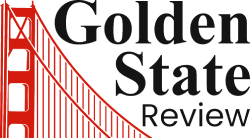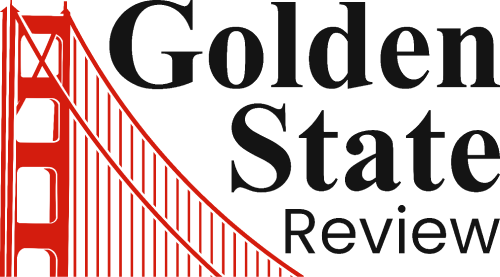Saturday, August 16, 2025, was a day of shared excitement and laughter across the United States, as two lighthearted observances coincided to create an uplifting and unforgettable experience. Americans celebrated National Roller Coaster Day and National Tell-A-Joke Day, blending high-speed amusement with the timeless joy of a good punchline.
National Roller Coaster Day is a favorite among thrill-seekers, and it finds its origins in a pivotal moment in amusement park history. The date honors the anniversary of the patent granted to Edwin Prescott for the first looping roller coaster in the U.S., filed on August 16, 1898. Over a century later, that invention continues to inspire adrenaline junkies and families alike, who mark the occasion by visiting theme parks, conquering new rides, or reliving favorite coaster memories. Amusement parks across the country, from Six Flags to regional favorites, took advantage of the day by offering special promotions, hosting coaster-themed events, and encouraging guests to share their experiences on social media.
The celebration is more than just an excuse to ride; it’s a nod to the innovation, engineering, and shared culture of joy that roller coasters represent. Whether it’s the towering drops of modern steel coasters or the wooden creaks of a historic ride, roller coasters connect generations through a common thrill. Parks like Cedar Point in Ohio and Magic Mountain in California saw especially high turnouts, with some unveiling new ride previews or commemorating historic coasters still in operation.
At the same time, a different kind of joy was echoing through homes, offices, schools, and street corners as people celebrated National Tell-A-Joke Day. Dedicated to the art of humor, the day encouraged individuals to share their best jokes, puns, and funny stories. Though its origin remains unclear, National Tell-A-Joke Day has grown in popularity, with both amateur and professional comedians using it as an opportunity to spread laughter and connect with others. From stand-up routines in clubs to children’s knock-knock jokes at breakfast tables, the day took on many forms—each one aimed at making someone smile.
Social media played a major role in amplifying both celebrations. Hashtags like #RollerCoasterDay and #TellAJokeDay trended throughout the day, as users shared videos of their coaster rides and snapshots of family members laughing over corny jokes. Some companies got involved too, with amusement parks running joke contests or encouraging guests to tell a joke while on a coaster ride—capturing moments of both terror and comedy in a single scream-laced laugh.
Schools and community centers also took part in the festivities. Teachers used the day to explore physics through the science of roller coasters or held impromptu joke-telling sessions in classrooms to build confidence and camaraderie. Libraries, senior centers, and local cafes joined in as well, creating lighthearted spaces where humor was celebrated as a valuable part of everyday life.
In a world that often moves quickly and feels increasingly complex, days like these offer a much-needed pause. They remind us that joy doesn’t have to be extravagant. It can be as simple as a shared joke or the collective gasp at a roller coaster’s first drop. The combination of these two seemingly unrelated holidays created a synergy that resonated with people of all ages—a celebration of both the body’s adrenaline and the soul’s delight.
As the sun set on August 16, Americans from coast to coast had laughed a little more and screamed a little louder than usual. Whether standing in line for the next big thrill or sitting around a table trying to recall the perfect pun, people found connection in joy. National Roller Coaster Day and National Tell-A-Joke Day may not be official federal holidays, but they certainly delivered something just as valuable—a shared celebration of what it means to feel alive.



